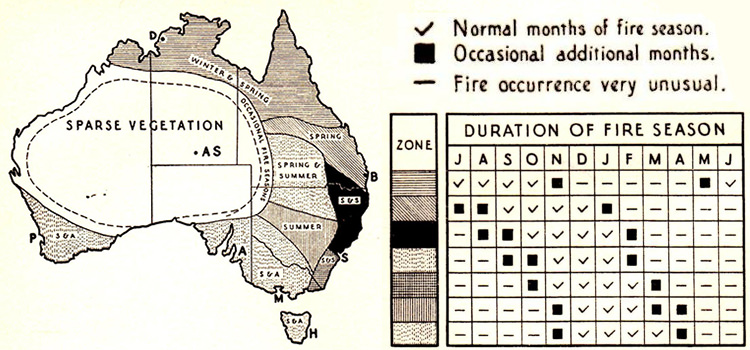Are modern firefighting agencies inciting fear as a method of risk management rather than applying appropriate risk control measures?
Fear is a powerful tool, it sells newspapers, keeps the television ratings alive, gives our radio stations some great material to talk about and it helps to drive campaigns to increase public spending on reactive and expensive firefighting strategies that we simply cannot afford.
Image if we could return to a situation where our local firefighters looked after their own patch without the red tape associated with hazard reduction. Image how nice it would be if our land management practices were returned to a commonsense and balanced approach that our Indigenous Australians, farmers and graziers have used in the past.
Instead of cooking the guts out of the country, we could see improved forest health and reduced risk to our native animals and the bush that we love so much.
Instead, we see another story that warns us of a bleak bushfire outlook. There is no mention of the massive fuel loads that are the root cause of this problem.
The elephant in the room is fuel.









